Overall, cancer is a fairly common disease which afflicts millions of people around the world each year. Cancer can affect nearly any part of the body and it is estimated that there are over 200 different kinds of recognized cancers. Many of these cancers are considered rare and only affect less than 6 per 100,000 people each year. This list contains some of the rarest forms of cancer in the world. Like more common cancers, these rare cancers are treatable if they’re detected early.
Male Breast Cancer (Male Breast Neoplasm)

Number of People Afflicted Yearly: less than 1% of all breast cancer cases (about 2,550 in the U.S.)
Area of Body Affected: Male breast tissue
Is it Treatable?: Yes
Survival Rate: 5-year survival rate is 84%
While everyone knows that breast cancer in women is tragically common, not everyone is aware that men can also get breast cancer. This is because breast cancer rarely occurs in men and only accounts for less than 1% of all breast cancer cases. In 2018, it is estimated that about 2,550 men will be diagnosed with breast cancer in the U.S. Although men don’t technically have breasts, they do have breast tissue, which is where the cancer can form. Unlike female breast cancer, which can affect women at any age, male breast cancer is typically diagnosed in older men. The average age of men diagnosed with breast cancer is 68. Like female breast cancer, male breast cancer is treatable if its caught early enough. The survival rate for men with breast cancer is also fairly high at about 84% overall.
Merkel Cell Carcinoma
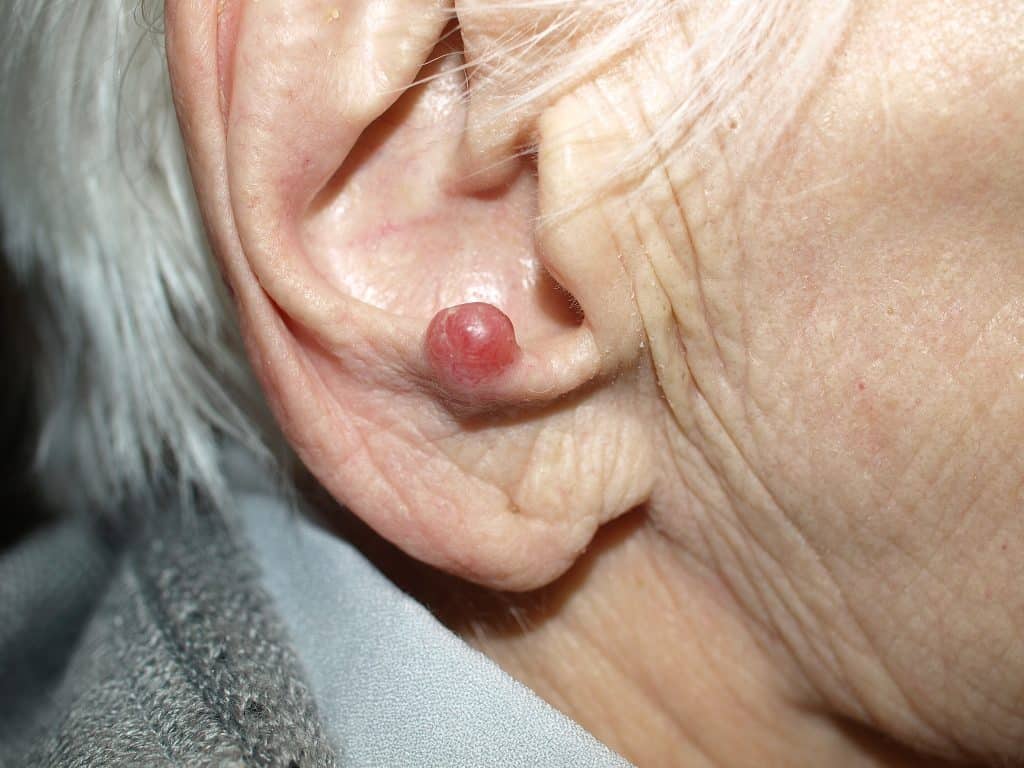
Number of People Afflicted Yearly: Worldwide numbers unknown – about 2,000 cases in the U.S. each year
Area of Body Affected: Skin cancer typically found on face, head, or neck
Is it Treatable?: Yes
Survival Rate: 10-year survival rate about 57% (about 71% if caught early)
Merkel Cell Carcinoma (MCC) is a rare and aggressive form of skin cancer. MCC often occurs on sun-exposed skin on the head, neck, and arms. This skin cancer can form on any part of the body, even sun-protected areas. The bump that forms from Merkel Cell Carcinoma is often painless, firm, and flesh or red-purple in color. Currently, it is estimated that about 2,000 people each year in the U.S. are diagnosed with Merkel Cell Carcinoma. However, according to reports, there has been a sharp increase in the number of cases of MCC over the last decade. Researchers estimate that the number of Merkel Cell Carcinoma cases in the U.S. may be over 2,800 in 2020 and 3,250 in 2025.
Wilms’ Tumor
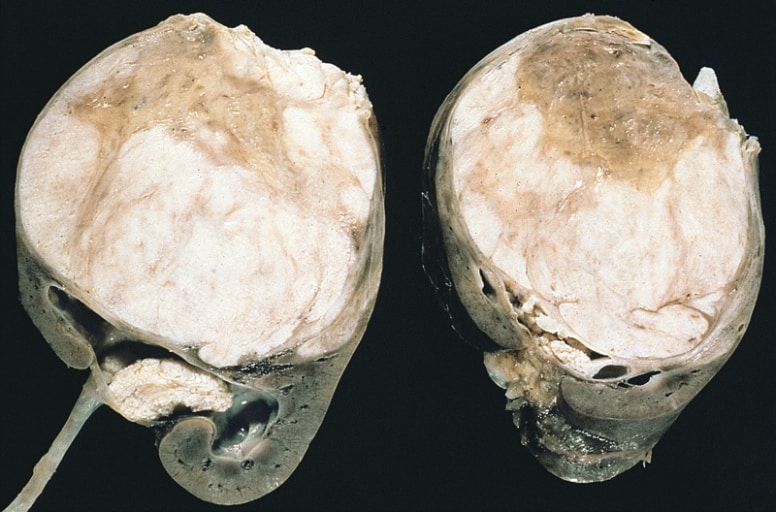
Number of People Afflicted Yearly: 1 in 10,000 children each year (about 500 to 650 in the U.S.)
Area of Body Affected: Kidneys
Is it Treatable?: Yes
Number of People Afflicted Yearly: 1 in 10,000 children each year (about 500 to 650 in the U.S.)
Area of Body Affected: Kidneys
Is it Treatable?: Yes
Survival Rate: High – 5-year survival rate is about 90% High – 5-year survival rate is about 90%
Although Wilms’ Tumor (Nephroblastoma) is generally a rare cancer, it is the most common type of kidney cancer in children. Overeall, Wilms’ Tumor accounts for about 5% of all childhood cancers. It is also the most common pediatric abdominal cancer. Wilms’ Tumor is typically found in children younger than five years of age and the average age of diagnosis is 3 to 4 years. Even though Wilms’ Tumor is considered fairly common in children, fortunately, it is highly treatable. The 5-year survival rate is quite high and averages out to about 90% in the United States. Even the survival rate for Stage IV and V tumors with a favorable histology is at 86% and 87% respectively.
Thymic Carcinoma
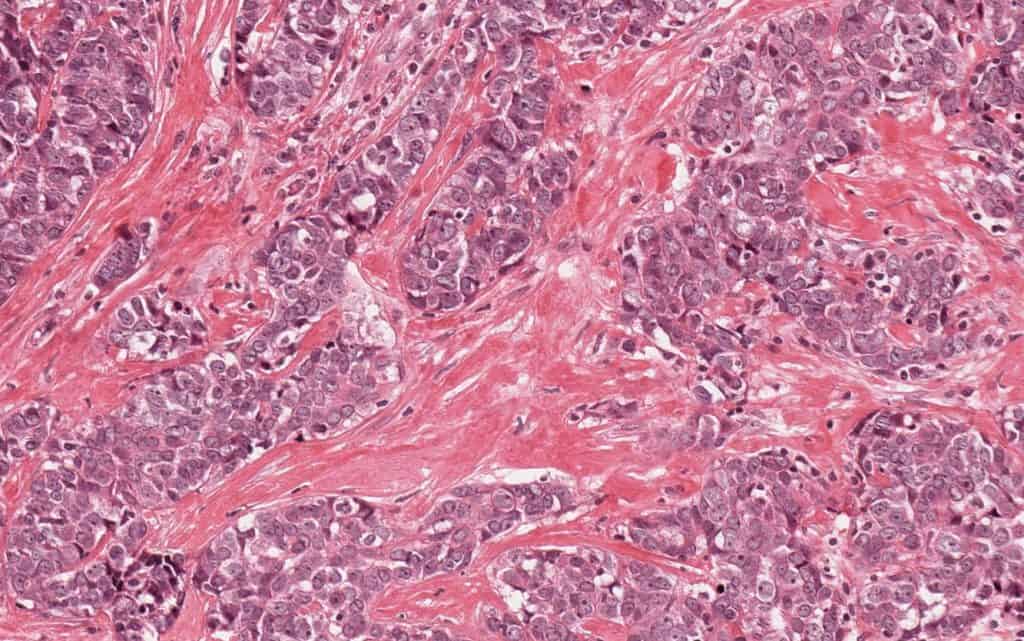
Number of People Afflicted Yearly: worldwide numbers unknown – about 400 people in the U.S.
Area of Body Affected: Thymus Gland
Is it Treatable?: Yes
Survival Rate: Overall poor – 5-year survival rate is between 30 – 50%
Thymic Carcinoma is rare, highly aggressive, and unfortunately has an overall poor prognosis. This rare cancer affects the thymus gland and is almost always found at an advanced stage. Most patients diagnosed with Thymic Carcinoma show atypical symptoms, making it hard to diagnose. At this time, there is no known tumor marker for Thymic Carcinoma screening. It is unknown how many people are diagnosed worldwide with Thymic Carcinoma because its hard to spot. In the U.S., it is estimated that Thymic Carcinoma occurs at a rate of only 1.5 cases for every million people each year (about 400 cases). Since Thymic Carcinoma is often caught very late, the 5-year survival rate is fairly poor at only about 30 – 50%.
Ewing’s Sarcoma
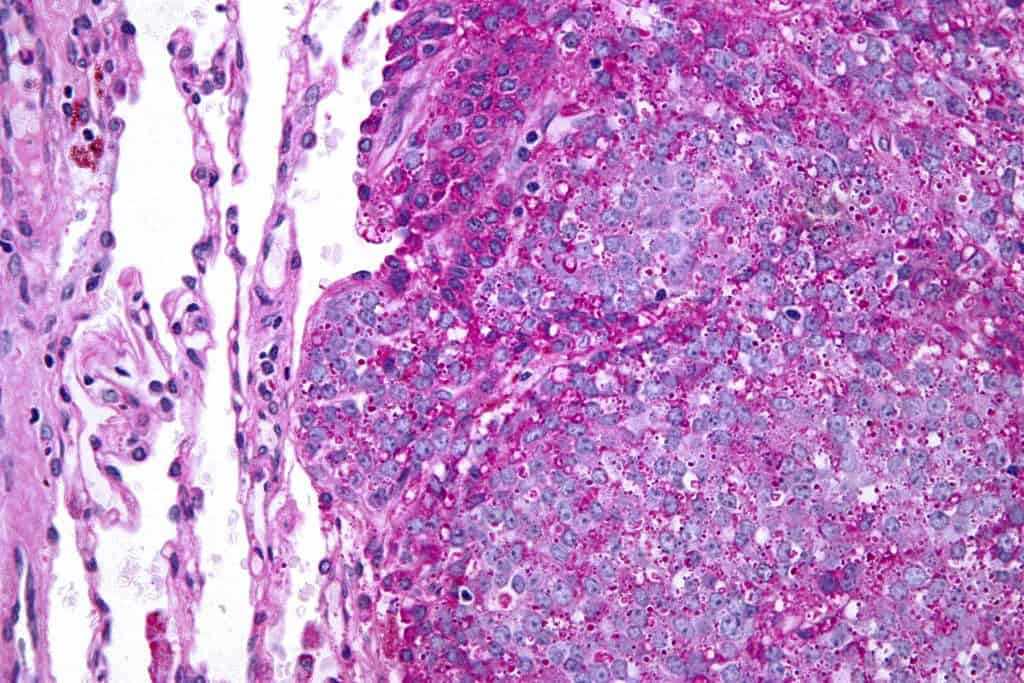
Number of People Afflicted Yearly: 3 per 1 million people
Area of Body Affected: Bone or soft tissue of the pelvis, the femur (thigh bone), the humerus (upper arm bone), the ribs, the mandible (jaw), or the clavicle (collar bone)
Is it Treatable?: Yes
Survival Rate: 5-year survival rate for localized tumors is about 70% and 30% for metastatic tumors
Ewing’s Sarcoma is an extremely rare cancer that primarily affects children, teens, and adults younger than 20 years of age. This highly aggressive bone cancer was first described in 1921 by American pathologist James Ewing. Although similar types of tumors had been reported about a century earlier, Ewing’s work showed that it was a distinct cancer separate from lymphoma or neuroblastoma. Developing Ewing’s Sarcoma past the age of 25 is extremely rare; most patients with Ewing’s Sarcoma are between 10 and 20 years old. Research has also shown that boys and young men are more likely to develop Ewing’s Sarcoma than girls. Ewing’s Sarcoma has a fairly high 5-year survival rate for localized tumors. Overall about 70% of patients with Ewing’s Sarcoma survive beyond five years.
Heart Cancer (Primary Cardiac Tumor)
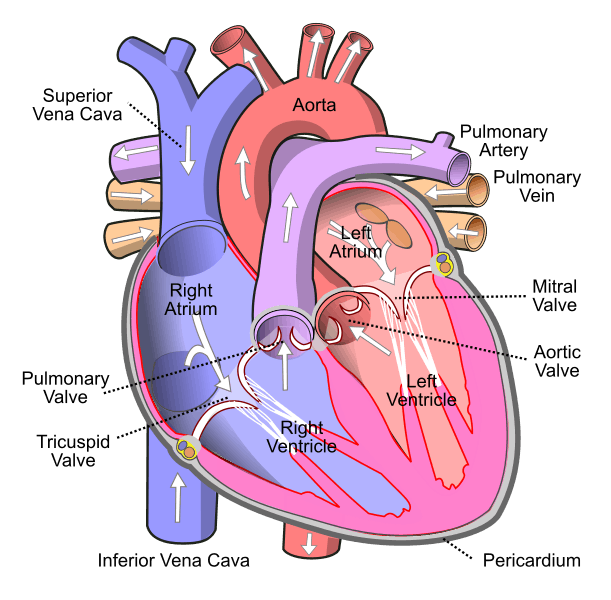
Number of People Afflicted Yearly: total number unknown (many hospitals report treating between 1 to 2 patients each year)
Area of Body Affected: Heart
Is it Treatable?: Yes
Survival Rate: 5-year survival rate after surgery is about 17%
Heart cancer or Primary Cardiac Tumors is one of the rarest forms of cancer, with leading hospitals around the world only reporting 1 to 2 cases each year. In general heart tumors (both malignant and benign) are uncommon because the cells in our heart do not divide like in other parts of our bodies. Cell division creates a risk for cancerous growth and since the heart’s cells do not divide, its extremely rare for cancer to take root. According to surgery and autopsy reports, primary cardiac tumors only account for about 0.3% to 0.7% of all cardiac tumors. Of these primary cardiac tumors, only about 25% are cancerous and of these, about 75% are sarcomas. Research has also shown that heart cancer mostly affects younger adults.
Hyalinizing Clear Cell Carcinoma
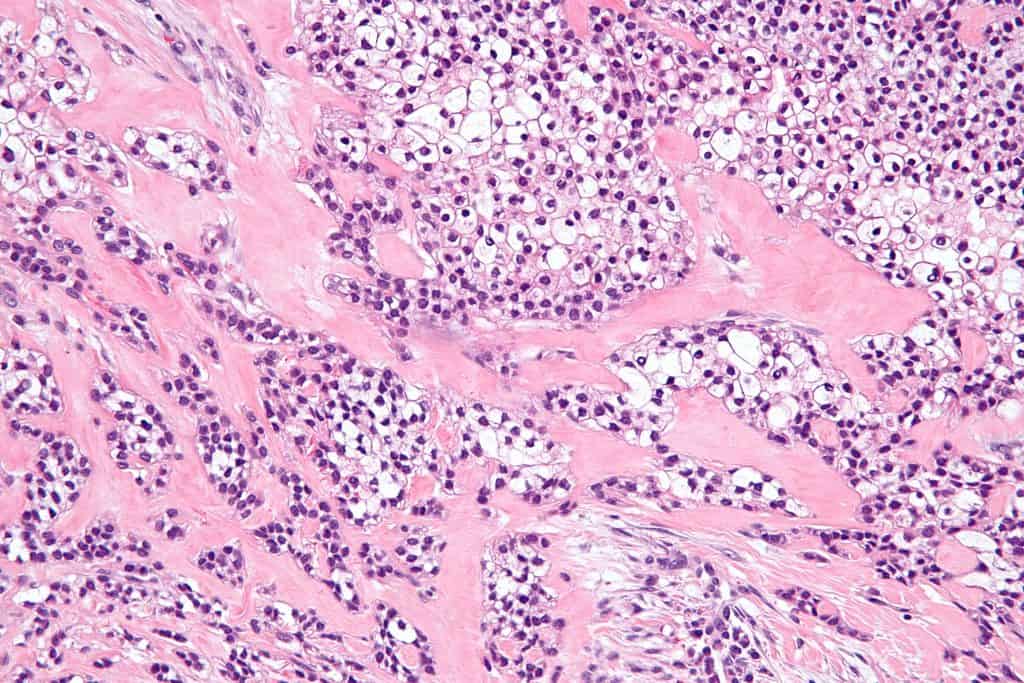
Number of People Afflicted Yearly: about 51 cases ever reported
Area of Body Affected: Salivary glands, tongue, or palate
Is it Treatable?: Yes
Survival Rate: High (percentage unspecified)
Hyalinizing Clear Cell Carcinoma was first described as a minor salivary gland tumor in 1994. During the initial case study, about 11 cases of Hyalinizing Clear Cell Carcinoma were described. Since then there have been about 40 additional cases of Hyalinizing Clear Cell Carcinoma reported. This brings the total number of cases up to over 50, which makes Hyalinizing Clear Cell Carcinoma the rarest cancer in the world. From the reported cases, doctors now know that Hyalinizing Clear Cell Carcinoma predominately affects women. As a rare malignant salivary gland tumor, Hyalinizing Clear Cell Carcinoma account for about 1% of all intra-oral salivary gland tumors. This type of cancer is treatable through surgery and patients often make a full recovery.
This article originally appeared on Rarest.org.
More from Rarest.org
1943 Lincoln Steel Penny Value Guide
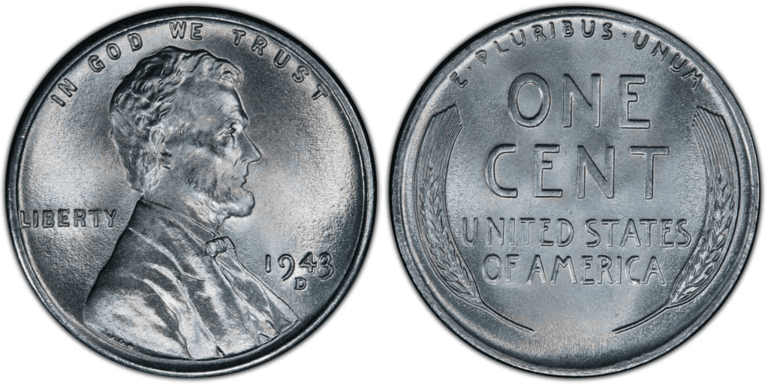
The 1943 Lincoln steel penny is perhaps the most unique type of penny coin in the entire series of Lincoln penny. For one, it is the only year when the Lincoln penny was struck in steel. Read More
1955 Jefferson Nickel Value Guide
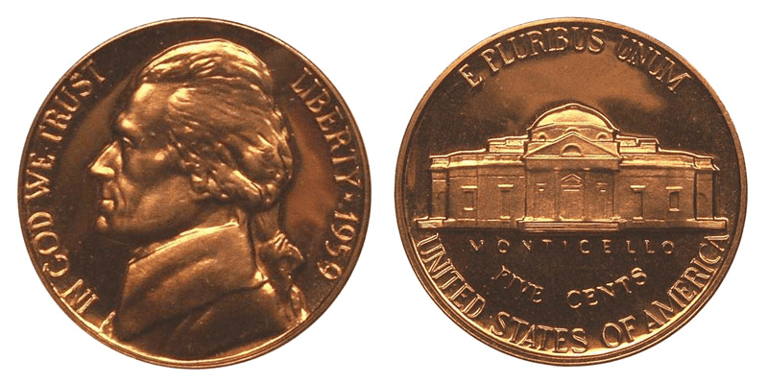
The 1955 nickel was made of 75% copper and 25% nickel. It weighs 5 grams, has a plain edge, and has a diameter of 21.20 millimeters. Read More
12 Richest Neighborhoods in Detroit

Detroit, a city steeped in history and diversity, is also home to some of the most well-off neighborhoods in Michigan. These areas exude charm with their picturesque homes, lush landscapes, and a lifestyle synonymous with luxury. Read More
